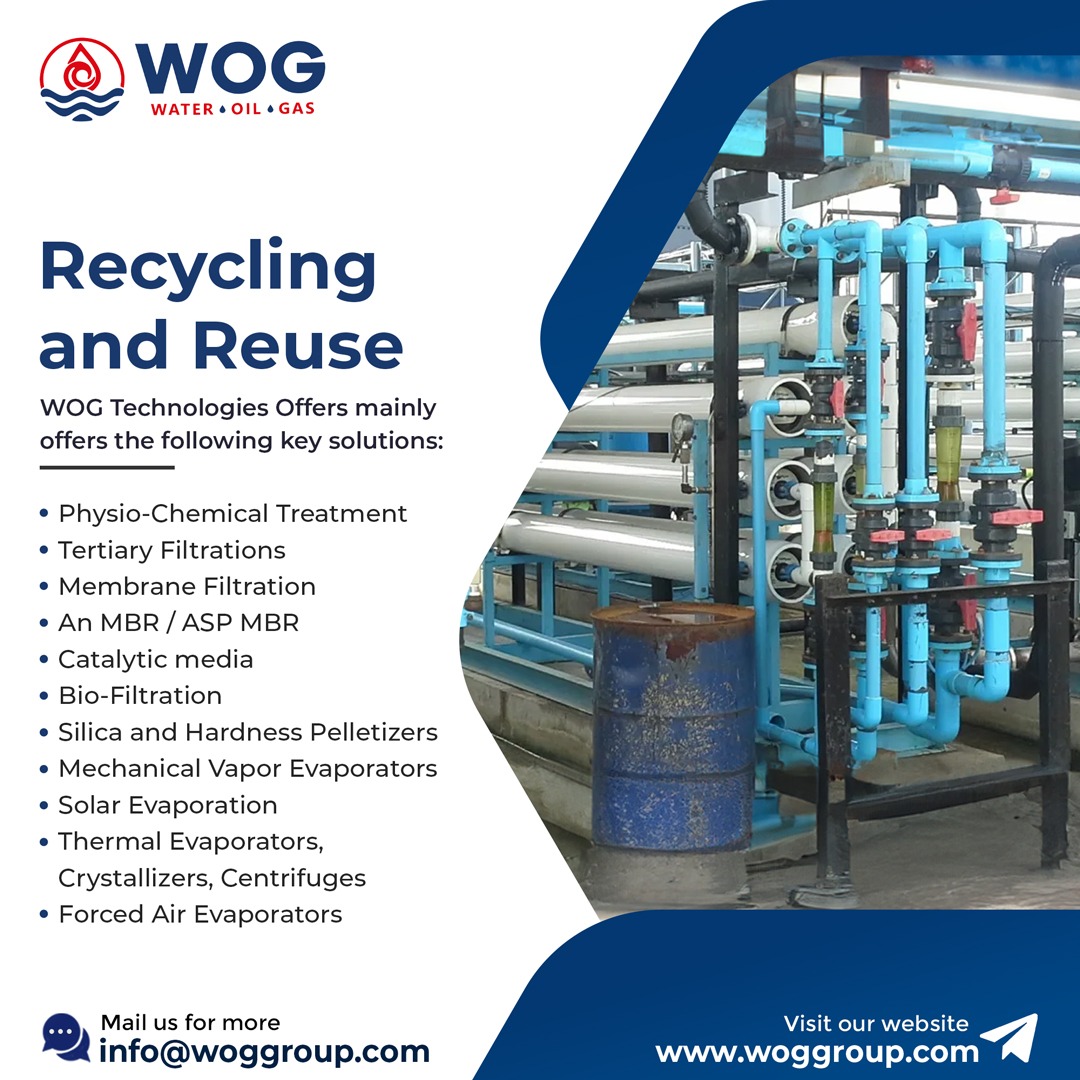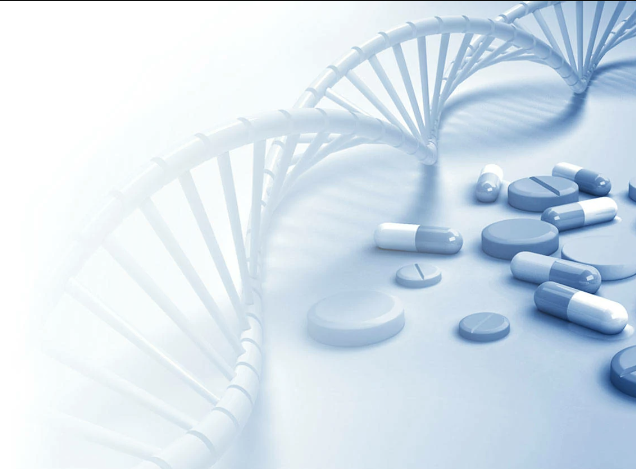Wastewater treatment plants have to meet strict environmental criteria while also being economically viable in today’s highly regulated industrial world.
Industries are looking to cutting-edge technology that can optimise the treatment process, increase productivity, and lessen the impact on the environment to address these issues. This article examines the application of these cutting-edge technologies in industrial wastewater treatment plants and outlines the advantages they provide. Modern membrane filtration systems and innovative biological treatment techniques are only two examples of how technological breakthroughs are transforming wastewater treatment in industrial settings.
Industries that use these technologies can minimise the emission of dangerous pollutants, meet regulatory standards, and reach improved levels of water quality.
These innovations not only save a substantial amount of money but also improve the efficiency of wastewater treatment plants. Modern technology can improve the sustainability and economic viability of industrial operations in a number of ways, including process simplification, energy consumption reduction, and resource utilisation efficiency.
The use of cutting edge technologies in wastewater treatment has become essential as firms work to achieve environmental sustainability without sacrificing their financial line.
This article will examine the several technologies that are currently accessible in more detail and offer advice on how different industries might successfully implement them.
/preview.png)
Overview Of Advanced Technologies In Wastewater Treatment
Some of the most cutting edge methods being used to treat wastewater in Industries:
- MBRs: are membrane bioreactors that treat wastewater biologically and filter it through a membrane to make very high-quality runoff. The barrier gets rid of bacteria, viruses, and solids in the water, so it can be used again. MBRs take up less space than other types of treatment and can handle more biological material.
- Anaerobic digesters: It breaks down organic matter in wastewater without air. Microorganisms are used in anaerobic digestion. This makes biogas, which can be collected and used as a source of clean energy. Anaerobic digesters are now more stable and work better thanks to progress.
- Biological Process: Nutrient removal methods use bacteria to change nitrogen and phosphorus into inert gases or precipitates that can be taken away. This helps keep incoming waters from becoming too acidic.
- Modern Oxidation Processes (AOPs): Ozone, hydrogen peroxide, or ultraviolet light are some of the oxidants that are used in AOPs to break down persistent organic pollution. This can get rid of contaminants that are becoming a bigger problem, like those found in personal care and medicine.
- Engineered Wetlands: These use natural processes to clean up pollution. They fix the problem at a low cost and provide a home for wildlife at the same time. The design and function of man-made wetlands have gotten better over time.
- Online Monitoring and Controls: Advanced controls and real-time monitors make treatment processes more efficient and use less energy. This includes SCADA systems and improvement based on machine learning.
The choice of advanced technologies is based on things like the cost, the size of the plant, the type of wastewater, and the effluent standards. Combining these cutting-edge methods is being used by many companies to make their wastewater treatment more sustainable and effective.
How Do You Describe A Wastewater Treatment Plant?
The main job of the wastewater treatment plant is to reuse water in a way that is safe for people and the environment. Before water can be used again, it needs to be cleaned by getting rid of some or all of the things that make it dirty. This process is called treating wastewater. Even though they have a lot of organic matter, pathogenic bacteria, minerals, and other harmful substances, industrial effluents are bad for the environment, rivers, and people’s health. Because of this, there needs to be a reliable wastewater treatment center to handle unwanted wastewater that could hurt the environment in many ways. Industrial effluent water treatment is important for a lot of different businesses. Cleaning up wastewater can help protect the earth. At the moment, both organic and inorganic toxins from effluent water treatment are dealt with in wastewater treatment.
The Main Goals Of Treating Industrial Wastewater
A lot of the production plants in the country depend on water. Even though it is a naturally occurring material that is easy to get, it is made in factories through chemical processes. By getting rid of all the dangerous chemicals, poisonous materials, and non-toxic substances, wastewater treatment makes the water safe to use again in many ways. Recycling clean water is good for the business process. Recycling clean water is good for the business process. Chemical parts and different types of trash are moved by water. Chemicals that are harmful are found in industrial wastes. In the end, leaving it outside is dangerous. Industrial wastewater needs to be cleaned up because it has pathogens in it that can hurt or harm plants, animals, and trees.
Why A Wastewater Treatment System Is Important?
Recycling wastewater from businesses and homes can protect the current freshwater source and make sure that water will be available for future generations. We use industrial effluent treatment plants that use heat treatment, chemical treatment, biological treatment, and a mix of chemical and biological treatment to get rid of a wide range of toxins. Recycling water is also important to protect natural water sources and bring back wetlands and forests. Several things need to be thought about in order to figure out the price of a wastewater treatment plant.
If your wastewater treatment plant usually runs at a lower flow rate, the costs of building it will probably go down. Recycling sewage treatment ways can cut down on the amount of freshwater that is needed. Recycling sewage treatment plant ways could reduce the need for freshwater for landscaping in homes and businesses.
Along with smart monitors, data analytics, and artificial intelligence, wastewater treatment plants are getting smarter and better at what they do than ever before. It is now possible to watch and direct the treatment process from afar, which lets operators make quick decisions and fix problems.




